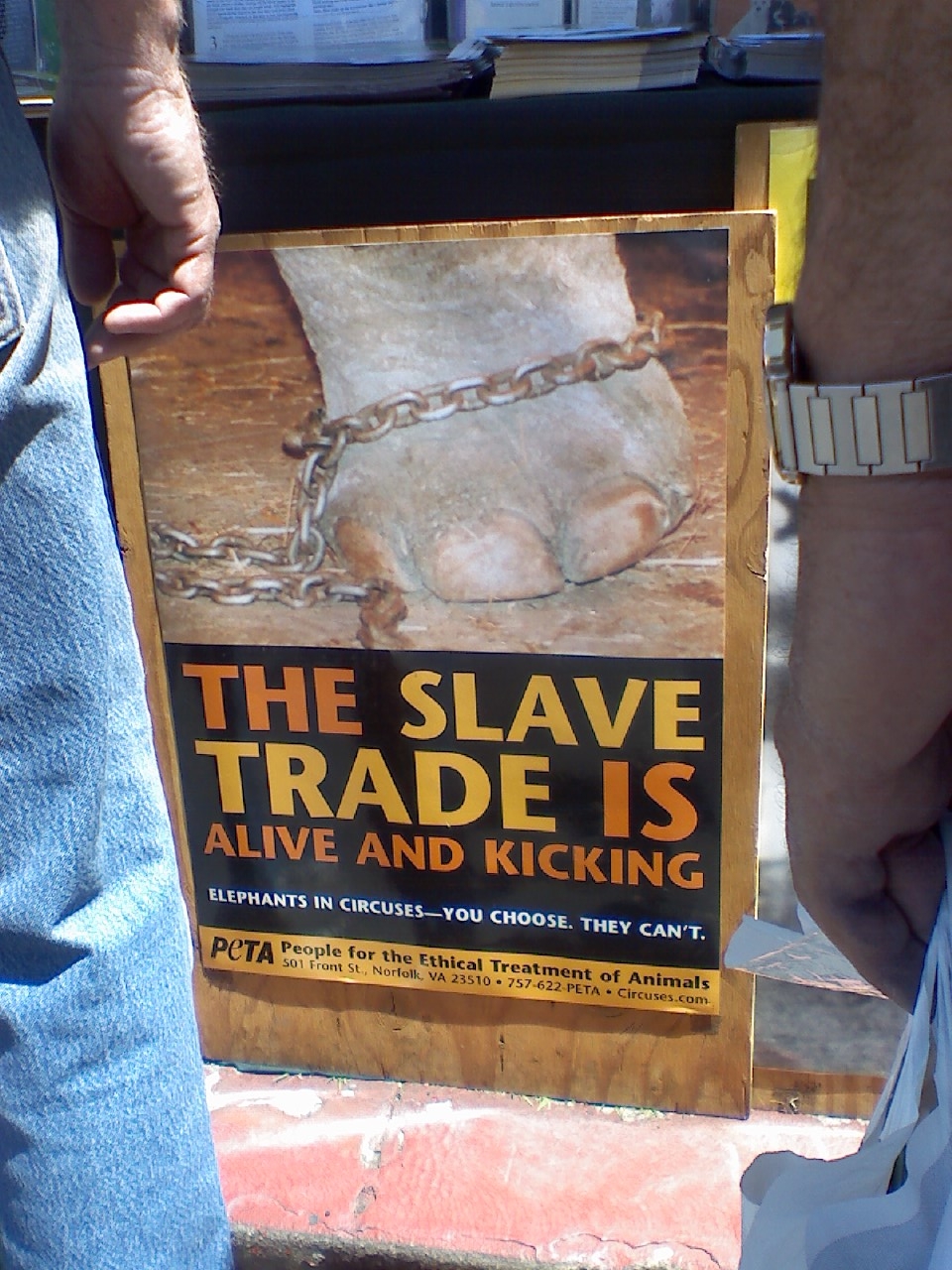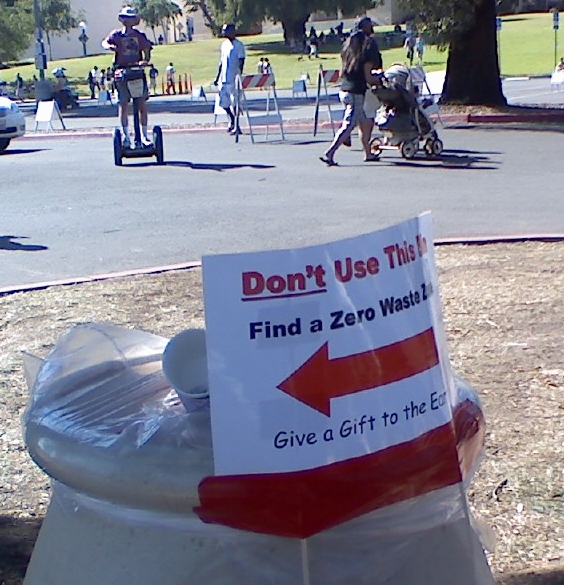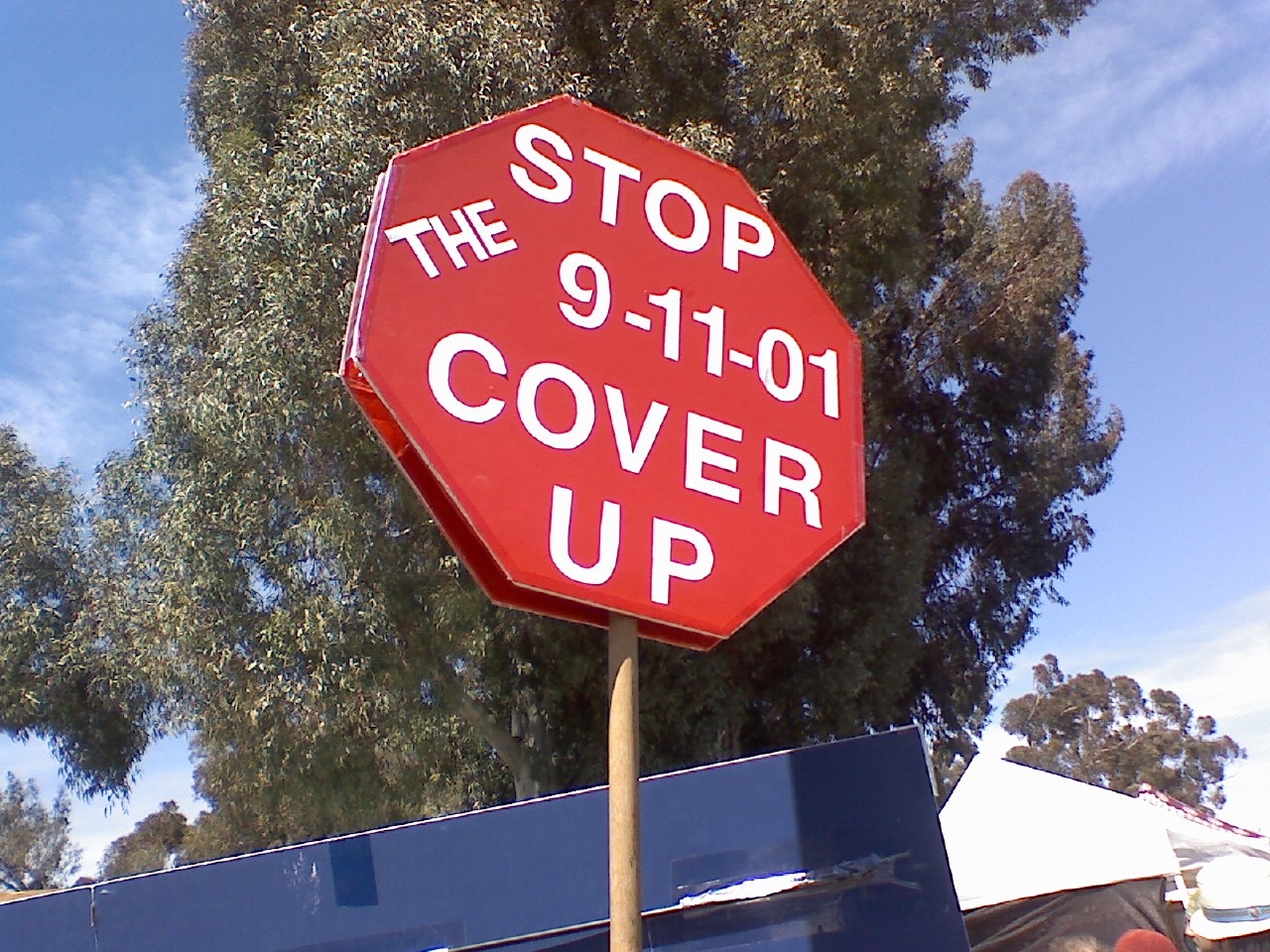Governor Schartzennegger has announced a huge budget deficit this year. He tried to cut spending a year ago, and got nowhere.
Schwarzenegger’s $141 billion budget for the 2008-09 fiscal year proposes cutting 10 percent from every state agency, even as California struggles to provide for millions of [illegal] new residents, fix failing schools and address myriad problems in its overcrowded prisons.
The across-the-board spending cut is the kind of draconian tactic his Republican Party colleagues have long sought to realign state spending and revenue.
But it touched off a firestorm of criticism among the state’s ruling Democratic majority in the Legislature and promised to put his pledge to move California beyond partisan politics to the ultimate test.
If ultimately passed, Schwarzenegger’s budget would cut hundreds of dollars in classroom spending for every California student and release 22,000 inmates back to the streets. It also would close nearly one in five state parks and eliminate dental coverage and other benefits for millions who rely on the state for health care and welfare.
The governor painted his spending plan as tough love and the only option left for the state after a housing market meltdown and years of deficit spending by California lawmakers. It was a pattern he helped perpetuate by borrowing to cover past deficits and increasing spending for popular programs on the eve of his 2006 re-election bid.
Now the deficit is three times as large. He has said that, by March, the state will no longer be able to pay its bills. One option, used in past budget crises, is to pay with IOUs or scrip, redeemable after the crisis is over. The public employee unions have already announced that this is illegal and they plan to fight any attempt to cut salaries, such as with unpaid days off. It must be reassuring to have the power to demand to be paid, no matter what is happening to the employer. The alternative for the state, becoming more likely as the unions dig in, is bankruptcy. The more one looks at this option, the more it seems the only one available.
The city of Vallejo—population 120,000—declared bankruptcy earlier this year because it was locked into spending 74 percent of its $80 million general fund budget on public-safety salaries. Police captains were entitled to receive $306,000 annually in pay and benefits, while 21 firefighters earned more than $200,000 a year, including overtime. After five years on the job, all were entitled to lifetime health benefits. Now two smaller towns north of San Francisco, Isleton and Rio Vista, also appear on the brink of bankruptcy.
My own small city of Mission Viejo has similar problems with pensions and excessive employees. I have been a member of a local activist group trying to get control of the city council but the group has found that, even if we succeed in electing our own candidate, the new council members quickly adopt all the bad practices of the old guard. The city has seen its reserves fall steeply over the past eight years and it has become dependent on sales tax revenue, dangerously dependent on retail sales, especially auto sales.
What will happen ?
In a preview of political fights to come, both New York State and California budgets are being crippled by outsized public sector union pension obligations that are now coming due in a perfect storm—a combination of an aging population, a declining tax base, and a fiscal crisis.
The Democrats who narrowly control both state legislatures have a notoriously cozy relationship with unions and they will be unlikely in the extreme to bite the hands that feed. But the unsupportable absurdities of the current arrangement are becoming evident.
The average state and local government employee now makes 46 percent more in combined salary and benefits than their private sector counter-parts, according to the Employee Benefit Research Institute—including 128 percent more on health care and 162 percent more on retirement benefits. New York City, for example, not only spends 10 times more on pensions than it did ten years ago, it now spends more on pensions and benefits for firefighters than it does on firefighters’ salaries.
These tax-payer sponsored paychecks cannot be renegotiated in tough times to balance a budget. They can only go up, never down.
This will head to a showdown in March and bankruptcy seems inevitable. California is the 8th largest economy in the world but Democrats can spend faster than an economy can generate tax revenues. One major factor is the erosion of the tax payers class in California. Millions of illegals exist in an underground economy like that of a south American banana republic. Middle and upper class taxpayers are leaving. The tax base is dangerously narrow with 380,000 Californians paying 40% of all income tax revenue. That is down from ten years ago. People are leaving and the state can’t afford the loss.
With large employers leaving the state, fed up with the tax burden and offered better business environments elsewhere, we have to protect the jobs we have. We just lost 1,000 jobs when the largest manufacturer of hybrid cars chose business-friendly Mississippi. The increased business tax rate proposed as a Democratic budget “fix” didn’t appeal to Toyota any more than it did to a major California employer, AAA auto club. The company is taking its business — and 900 jobs — elsewhere.
But the taxes do not stop there. The tax rate on the citizens who together already pay $9 billion of our state’s revenue will become twice the national average. It is clear why wealthier Californians choose to leave for economically sunnier pastures, leaving even more of the burden on middle income workers.
When the rich leave the state, those in control of the legislature simply change the definition of rich. Democrats have proposed to stop accounting for inflation when defining “middle income” Californians. Conveniently, this allows higher tax brackets to apply to more and more people every year, including those earning more than $100,000 — despite the fact that they already foot almost 85 percent of the state’s tax bill.
Soon the absence of taxpayers will be irreversible. My chief concern is to sell my house while there are still buyers. Then I’ll be gone.











